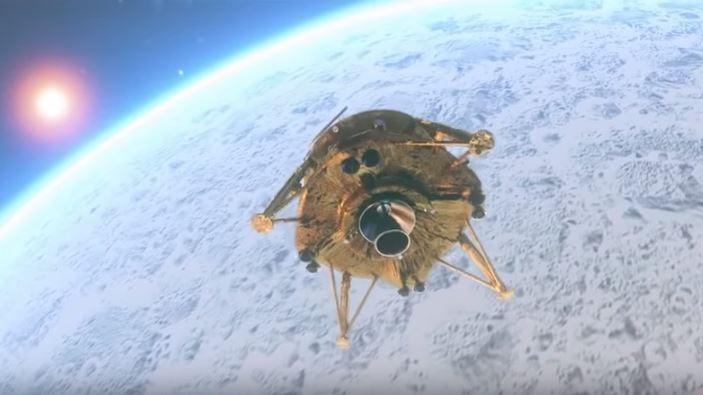SpaceIL is working on ideas to get to Mars as well, says co-founder Kfir Damari.
By Batya Jerenberg, World Israel News
The NGO that sent the world’s first private spacecraft to the moon in April, only to see it crash at the last moment, is going to send another one by 2022, Sputnik News reported Sunday.
SpaceIL cofounder Kfir Damari told the Russian site that the second attempt would cost even less than the $100 million shoe-string budget for developing its original Beresheet, or Genesis, lander.
“The second attempt will take us about three years and will be significantly cheaper than the first project – costing roughly $80 million,” said Damari. “Firstly, because we already have the experience, the know-how and the design, and secondly because we learned from past mistakes.”
The technical failures that led to the crash were already identified and investigated in the weeks that followed the crash landing on the lunar surface.
Damari’s announcement is perhaps surprising because SpaceIL said in June that it would “search for another significant challenge” rather than simply repeat a similar journey, which “does not set the bar required of groundbreaking missions.” However, the successful entrepreneur revealed that the startup has not broken its word, saying that no less than a Mars exploration mission was in the early planning stages.
Such a target would put the tiny Israeli NGO in the rarified company of the world’s superpowers – the United States, Russia and China. But SpaceIL’s founders and financial backers wanted to do more than reach outer space. Its stated goals include inspiring children all over the world to love science and reach for the stars, figuratively if not literally.
Damari therefore never considered the lunar mission a failure.
“Despite the fact that Beresheet crashed, hundreds of kids wrote to us saying we inspired them to become engineers and scientists. So all I want to do is to fulfill the potential of these kids and show them that if they can dream it, they can do it,” he said in the report.
The three-year window is less than half the eight years it took the first time, which was prompted by a $20 million competition for a non-governmental group to reach the moon, called the Google Lunar XPRIZE.
Although the competition was halted as none of the finalists, including SpaceIL, could meet its requirements, the Israeli organization went on with the help of wealthy donors.
The prize committee did give the organization $1 million in recognition of their “successful failure,” in that it joined the ranks of seven countries to orbit the moon and was one of only four to attempt a soft landing.
The Beresheet 2 project will also get more help from the government this time around. After the little lander almost made it, the Ministry of Science, Technology and Space pledged $5.5 million for a second attempt, more than doubling its contribution for the first, historic try.





